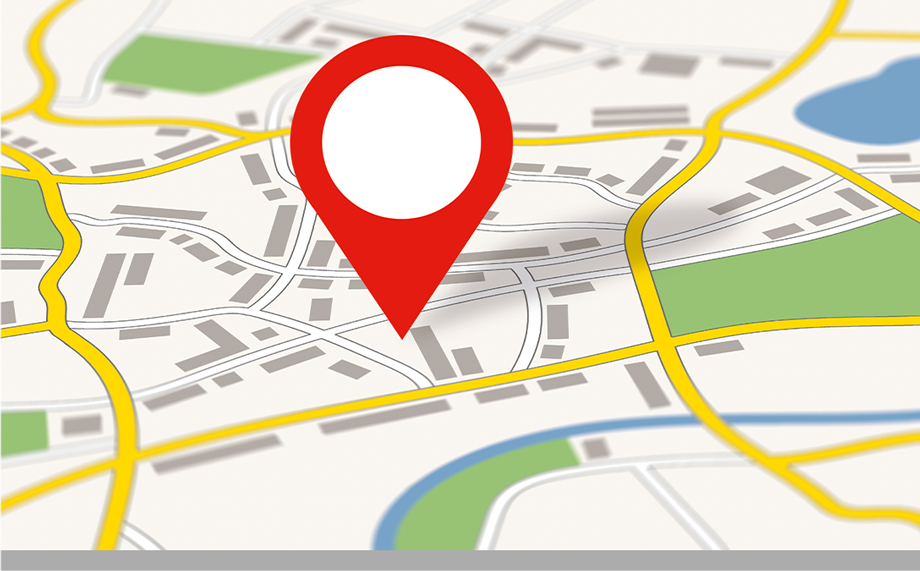Welcome to the Oklahoma State Profile Page! This page features a sample of survey and research results from a comprehensive review of state and local home modification activities across the country. It has a special focus on the aging population and the efforts of the aging network (State Units on Aging, Area Agencies on Aging, and Native American aging service programs that are funded by the Older Americans Act Title VI) as well as other governmental agencies and programs.
STATE PROFILE: Oklahoma

Oklahoma
A State Profile of Home Modification Activities
SPOTLIGHT ON STATE LEVEL HOME MODIFICATION ACTIVITIES
This section shares information that demonstrates the need for home modification in this state and highlights some of the state’s important home modification efforts, policies, and funding sources.
SPOTLIGHT ON LOCAL HOME MODIFICATION EFFORTS
How are agencies across the country responding to their communities’ home modification needs? Read about stand-out home modification efforts of the aging network as well as local agencies in this state.
Check back as new updates will be posted periodically! Have any changes or additions? Please contact homemods@usc.edu
SPOTLIGHT ON STATE LEVEL HOME MODIFICATION ACTIVITIES
Home Modification and Repairs for Older Adults: Challenges and Opportunities for State Units on Aging: This report by the USC Fall Prevention Center of Excellence and ADvancing States reports on a national survey
OKLAHOMA DEPARTMENT OF HUMAN SERVICES – DIVISION OF AGING SERVICES (State Unit on Aging)
State Units on Aging (SUAs) are designated state-level agencies that develop and administer state plans that advocate for and provide assistance, including home modifications or repairs, to older residents, their families, and adults with physical disabilities. SUAs administer funds, including Older Americans Act funds, which may be used to support home modification or repair services through local Area Agencies on Aging and other state and local entities. Program(s) with home modification or repairs include:
ADvantage Program: Medicaid Waiver
Program Description: This Medicaid Home and Community-Based Waiver provides non-institutional, long-term care services for older adults and adults with physical disabilities. Under this Program, the Division of Aging Services offers services to eligible adults as an alternative to care in a nursing facility. Services include environmental modifications.
Population Served: Older adults and adults with physical disabilities when there is a reasonable expectation that within a 30-calendar day period, the person’s health would, without appropriate services, require nursing facility care.
OKLAHOMA HEALTH CARE AUTHORITY
1. Living Choice Program
Program Description: The Living Choice program is Oklahoma’s name for the federal Money Follows the Person Program (a federal program that transitions individuals with long-term illnesses and disabilities from institutions to community settings). Services provided include environmental modifications.
Population Served: Participants age 65 or older with disabilities or long-term illnesses may receive a range of necessary medical and home and community- based services for one year after moving from an institutional setting.
2. In-Home Supports Waiver for Adults
Program Description: The In-Home Supports Waiver allows individuals and families to select services necessary for each individual to remain in his or her own home. It provides environmental accessibility adaptations and architectural modification.
Population Served: Recipients must be eligible for Sooner Care and be age 18 and older.
3. Medically Fragile Waiver Program
Program Description: This Medicaid Home and Community-Based Services Waiver is used to finance non-institutional long-term care services for adults with physical disabilities when there is a reasonable expectation that the person’s health would, without appropriate services, deteriorate and require a skilled nursing facility or hospital level of care. Services include environmental modifications.
Population Served: Oklahoma residents, age 19 and older who meet hospital and/or skilled nursing level of care, qualify for SoonerCare (Medicaid), and live at home or in a residential setting.
OKLAHOMA STATE ASSISTIVE TECHNOLOGY PROGRAM
Oklahoma ABLE Tech, Oklahoma’s Assistive Technology Act Program
The State Assistive Technology Grant Program, funded under the Assistive Technology Act of 2004, supports comprehensive, statewide programs in each state that improve the provision of assistive technology (often home modification-related) to individuals with disabilities of all ages.
OKLAHOMA STATE FALL PREVENTION COALITION
Older Adult Falls Prevention Coalition
For an up to date list of all state fall prevention coalitions, visit: https://www.ncoa.org/resources/list-of-state-falls-prevention-coalitions/
SPOTLIGHT ON LOCAL HOME MODIFICATION EFFORTS
1. To locate the Area Agency on Aging in your state, please contact Eldercare Locator at https://eldercare.acl.gov/Public/Index.aspx
2. Data Brief: Building Community Capacity to Serve Older Adults: The Role of Area Agencies on Aging in Home Modifications and Repairs
This Data Brief highlights key findings from the 2019 National Survey of Area Agencies on Aging on how Area Agencies on Aging are providing and funding home modification and repair activities. It was developed by the USC Fall Prevention Center of Excellence in partnership with the National Association of Area Agencies on Aging as part of the Administration for Community Living project, “Promoting Aging in Place by Enhancing Access to Home Modifications.”
3. Featured Efforts:
Housing Emergency Repair Program
Delaware Tribe of Western Oklahoma Division on Aging
Anadarko, Oklahoma
The Delaware Nation (DN) Housing Emergency Repair Program of the Delaware Tribe of Western is available to all eligible low-income DN elders or individuals with disabilities within the DN jurisdiction. Examples of medical emergency repairs may include, but are not limited to, providing accessibility such as ramps, grab bars, and accessible toilets.
This page is brought to you by the project, “Promoting Aging in Place by Enhancing Access to Home Modifications,” supported, in part, by grant number 90PPHM0001 from the U.S. Administration for Community Living, Department of Health and Human Services, Washington, D.C. 20201. Grantees undertaking projects with government sponsorship are encouraged to express freely their findings and conclusions. Points of view or opinions do not, therefore, necessarily represent official ACL policy.


